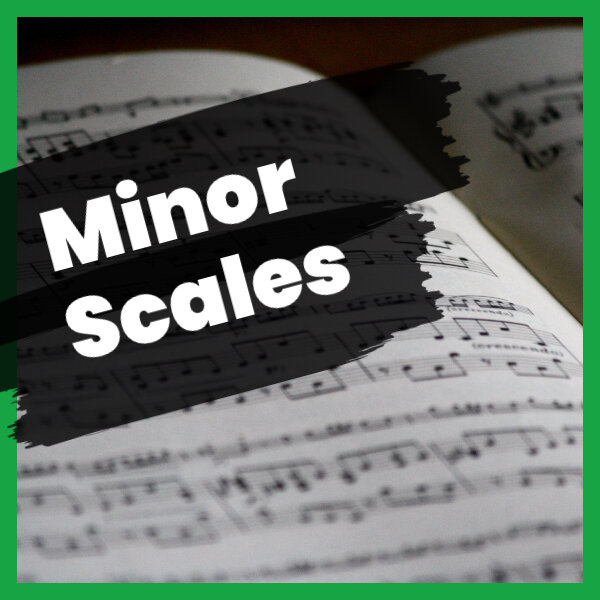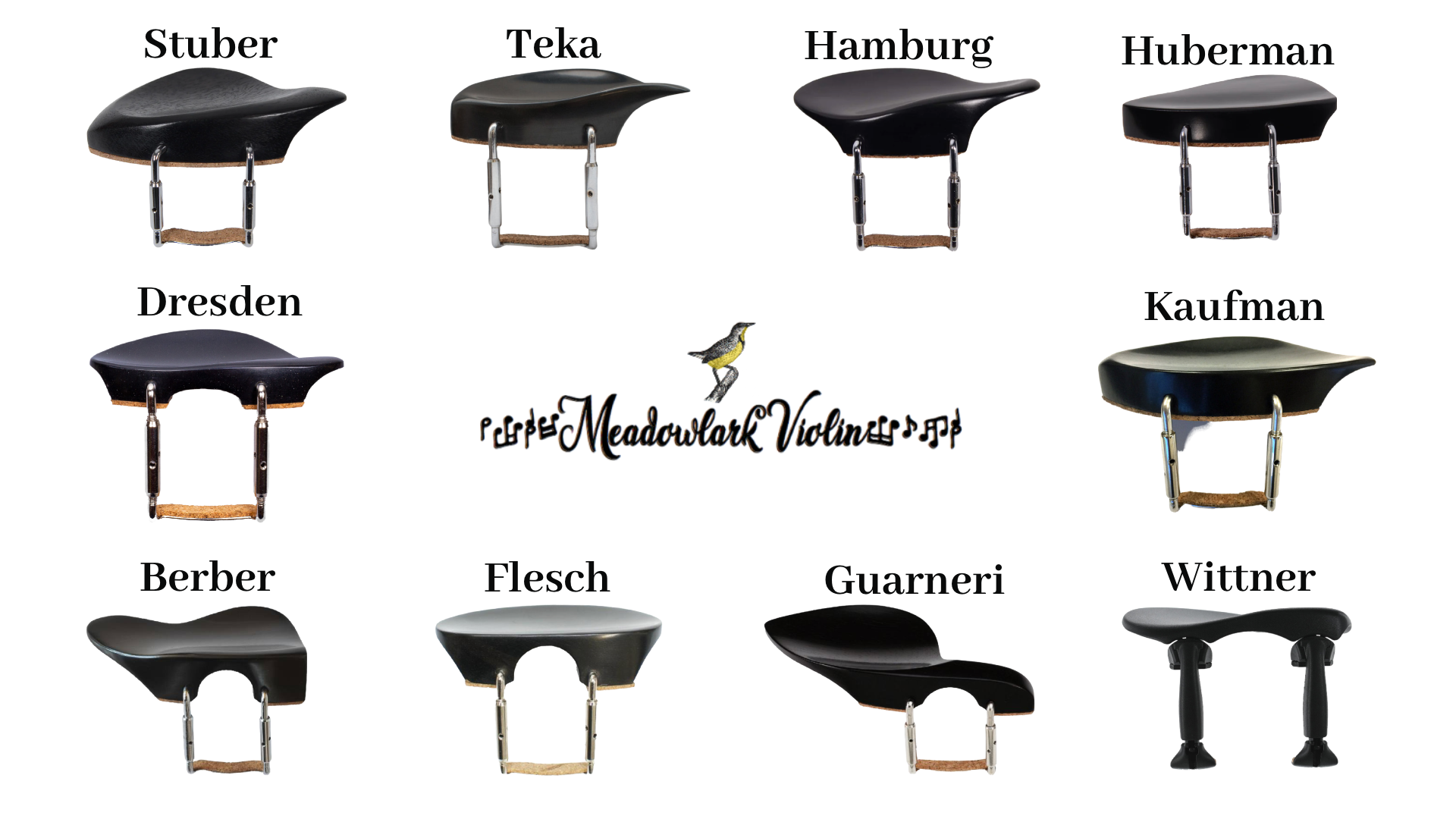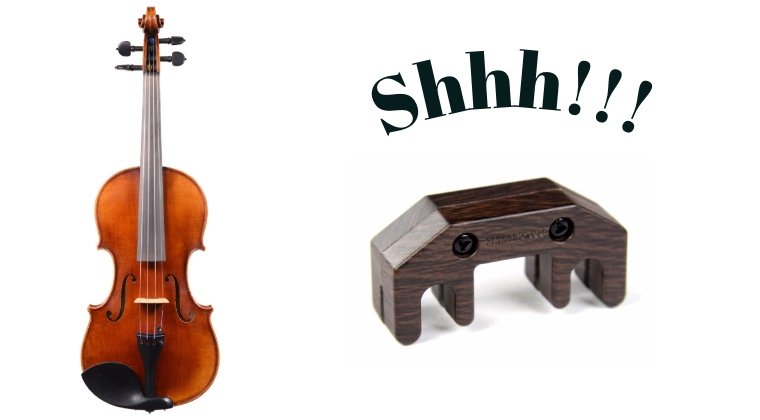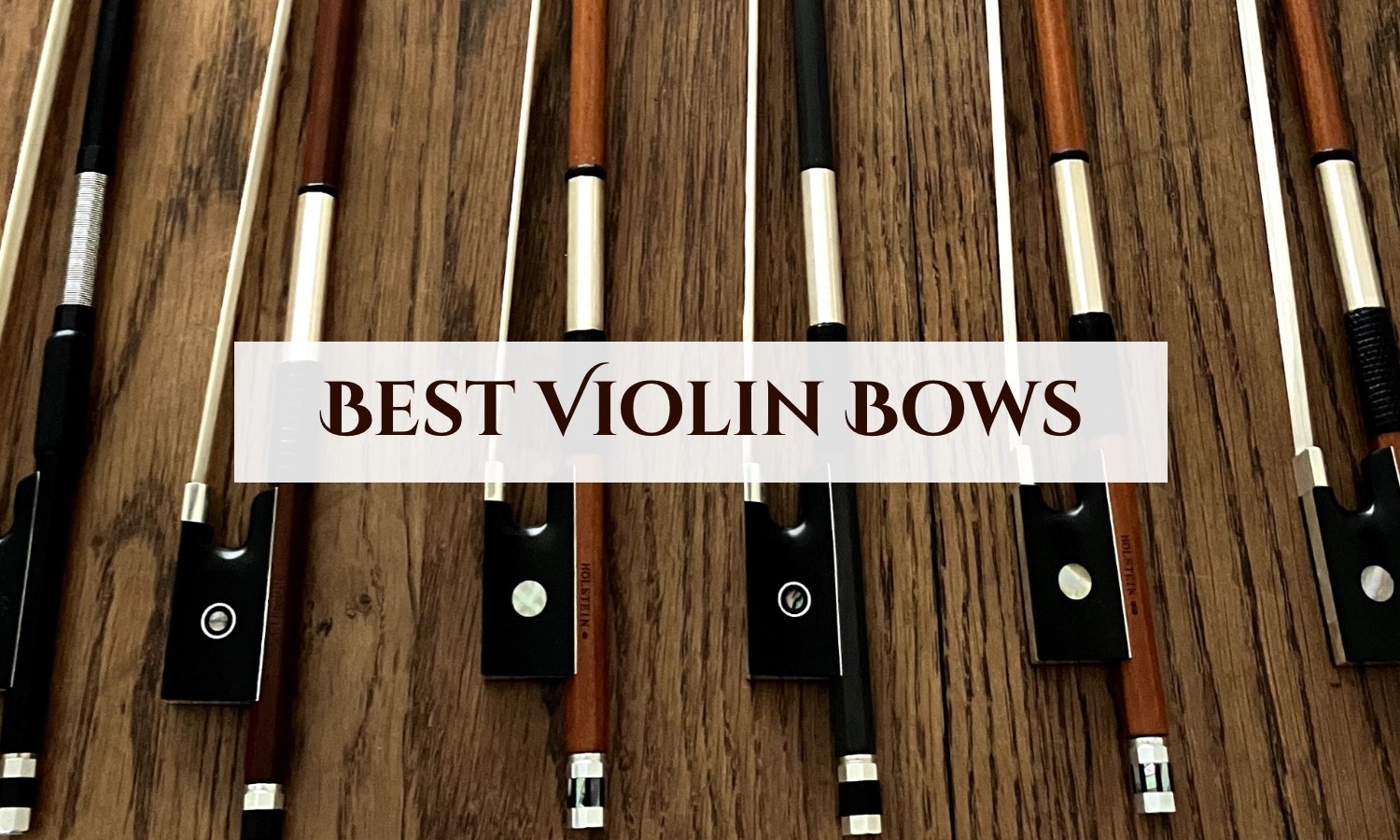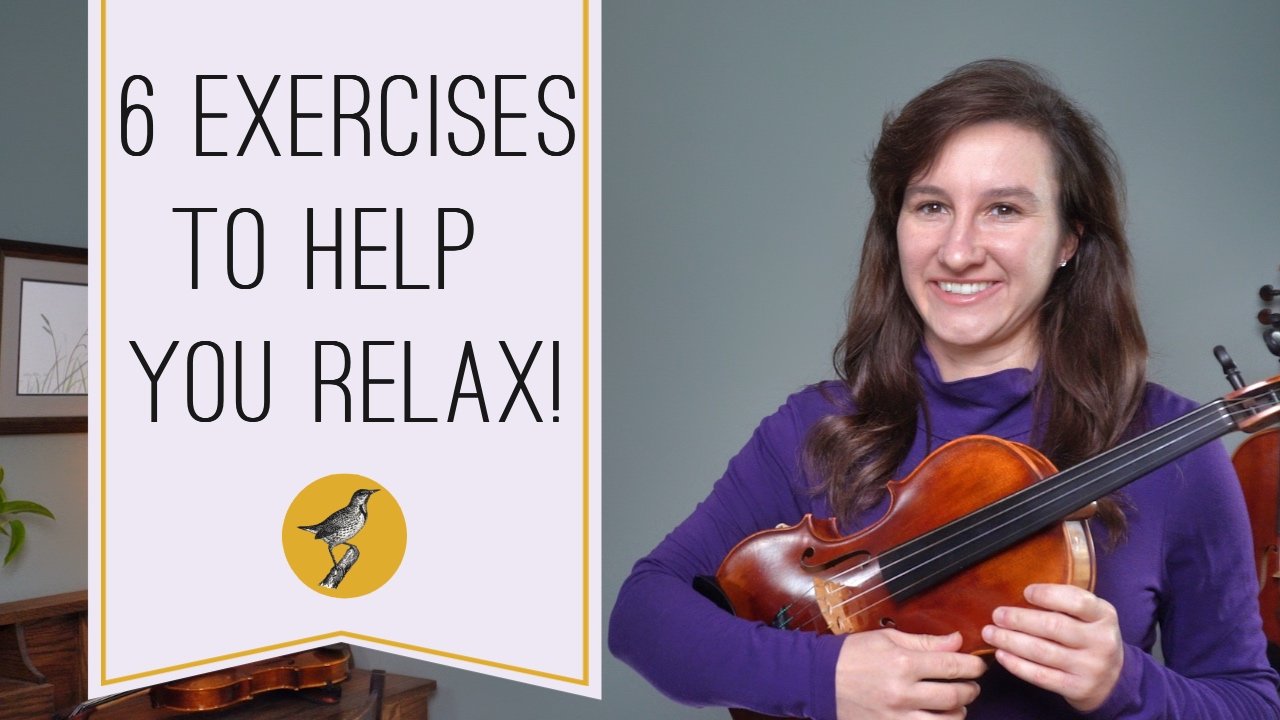Easy Songs from Classical Music for Violin (Free Sheet Music)
/If you are learning to play the violin or teaching yourself to play violin, you probably love these classical favorites. You don’t have to be a master to play some of the best classical pieces for violin. I’ve transcribed some of my favorite themes from classical music so it’s easy to play for violin students. Enjoy playing along with these classics!
*Sign up for my free course, 3 Bad Habits That Are Killing Your Progress!
While I love creating these violin arrangements, they do take a considerable amount of time to notate, arrange, edit, test-play, and upload. If you want to download and print all of this music (and much more), you can with my Online Studio Membership, where you’ll get access to all of my courses and my Sheet Music Library-a collection of over 200 easy, intermediate, and advanced violin songs. Learn more here!
The Planets: Easy Jupiter Violin Sheet Music
From the Planets by Gustav Holst
This luscious theme is by far one of the most gorgeous, epic themes in all of classical music. It’s great for practicing long bows and bow control.
Also Sprach Zarathustra Easy Violin Sheet Music
By Richard Strauss
This is the iconic theme from 2001: A Space Odyssey. Feel free to play along with any orchestra recording, it’s in the same key signature.
Download the violin sheet music for Also Sprach Zarathustra by joining my membership!
.
Dvorak’s Symphony No. 9, 4th Movement Easy Violin Sheet Music
By Antonin Dvorak
This symphony is a ton of fun to play. It starts off with the “Jaws” theme before it really gets going. Play along with any recording. It’s in the same key, however the whole symphony isn’t included in this transcription. The long rest of measures isn’t exact (it’s just for fun). But after the development of the symphony you can pick up again and play the ending.
Join my membership and download the violin sheet music for Dvorak’s Symphony No. 9 here.
Sibelius Symphony No. 2 Easy Violin Sheet music
By Jean Sibelius
This is another slow, gorgeous theme. One of my favorites!
Join my membership to download the easy violin Sheet Music for Sibelius Symphony No. 2 here.
Vivaldi Spring from the Four Seasons Easy Violin Sheet Music
Vivaldi’s Four Seasons is one of the most iconic classical pieces for the violin! Spring captures everything that is lovely about playing violin. Try your hand at an easy version for Vivaldi’s Spring I created in D major. If you are ready for the real key signature, give E major a try!
Join my membership to download the easy violin Sheet Music for Vivaldi Spring here.
Join my membership to download the real E major version that matches the actual piece here.
In the Hall of the Mountain King Easy Violin Music
Okay, this might not be “easy” but it is an easier violin version of Greig’s “In the Hall of the Mountain King.” Use Low 1s for all those sharp open strings. Play that second to last measure tremolo!
Join my membership to download In the Hall of the Mountain King Violin Sheet Music here.
Canon in D Easy Violin Sheet Music
Nothing needs to be said about this classic violin piece.
Join my membership to download Canon in D Easy Violin Sheet Music here.
Tchaikovsky’s Souvenir De Florence Movement 3 Sheet Music
This is an epic piece for the violin! Listen to it on Youtube and listen for the double cello solo. It’s one of my favorite moments in classical music.
Join my membership to download Tchaikovsky’s Souvenir De Florence violin sheet music here.
Tchaikovsky’s Souvenir De Florence Movement 4 Sheet Music
The 4th movement is a raging, rollicking tour de force from the first note. Hold on!
Join my membership to download Tchaikovsky’s Souvenir De Florence violin sheet music here.
Enjoy playing these beautiful themes from classical music! What other songs would you like to see? Let me know in the comments below!
Happy Practicing!
Join my online studio membership and get access to all the sheet music plus all these great courses!








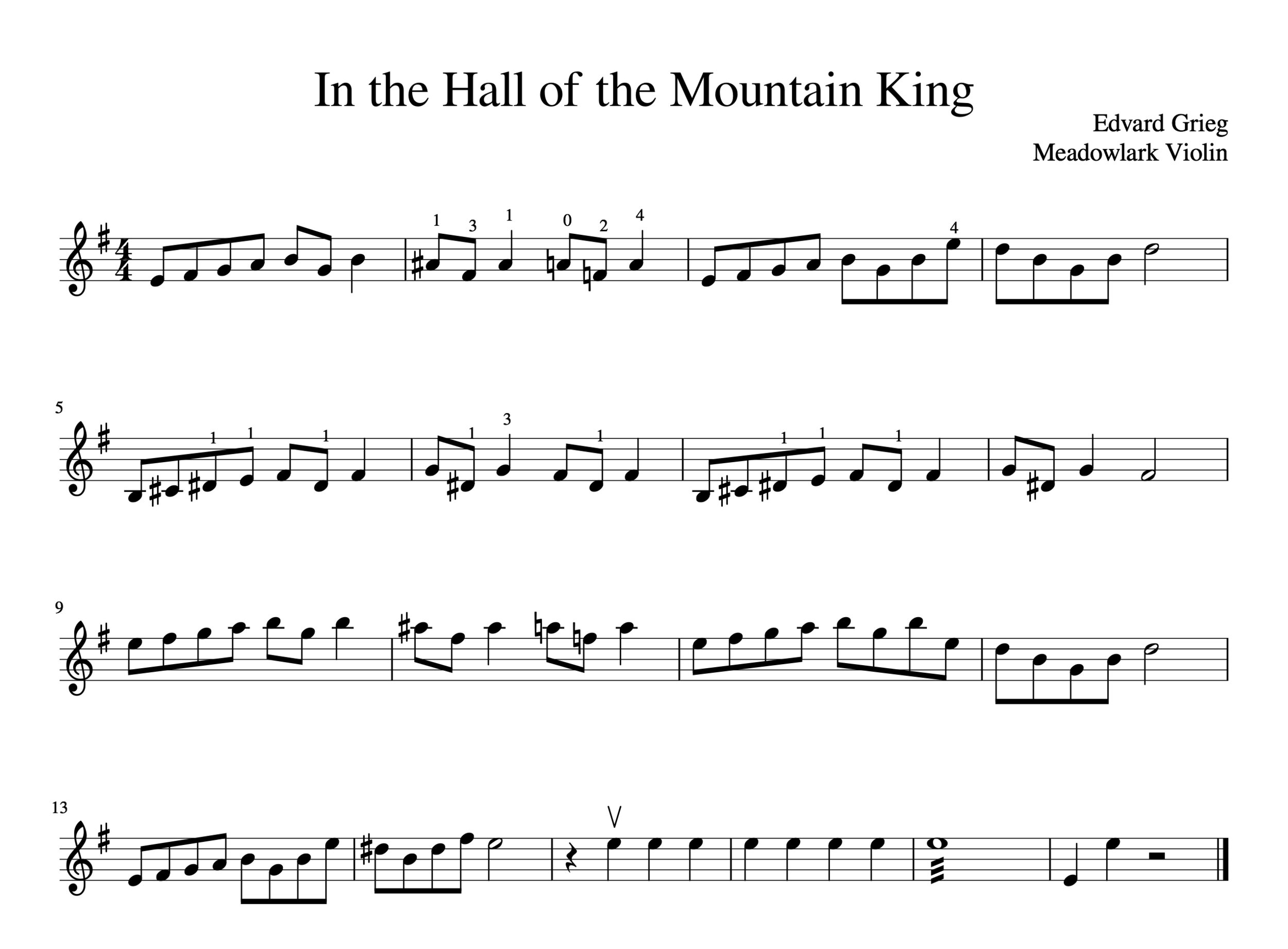




















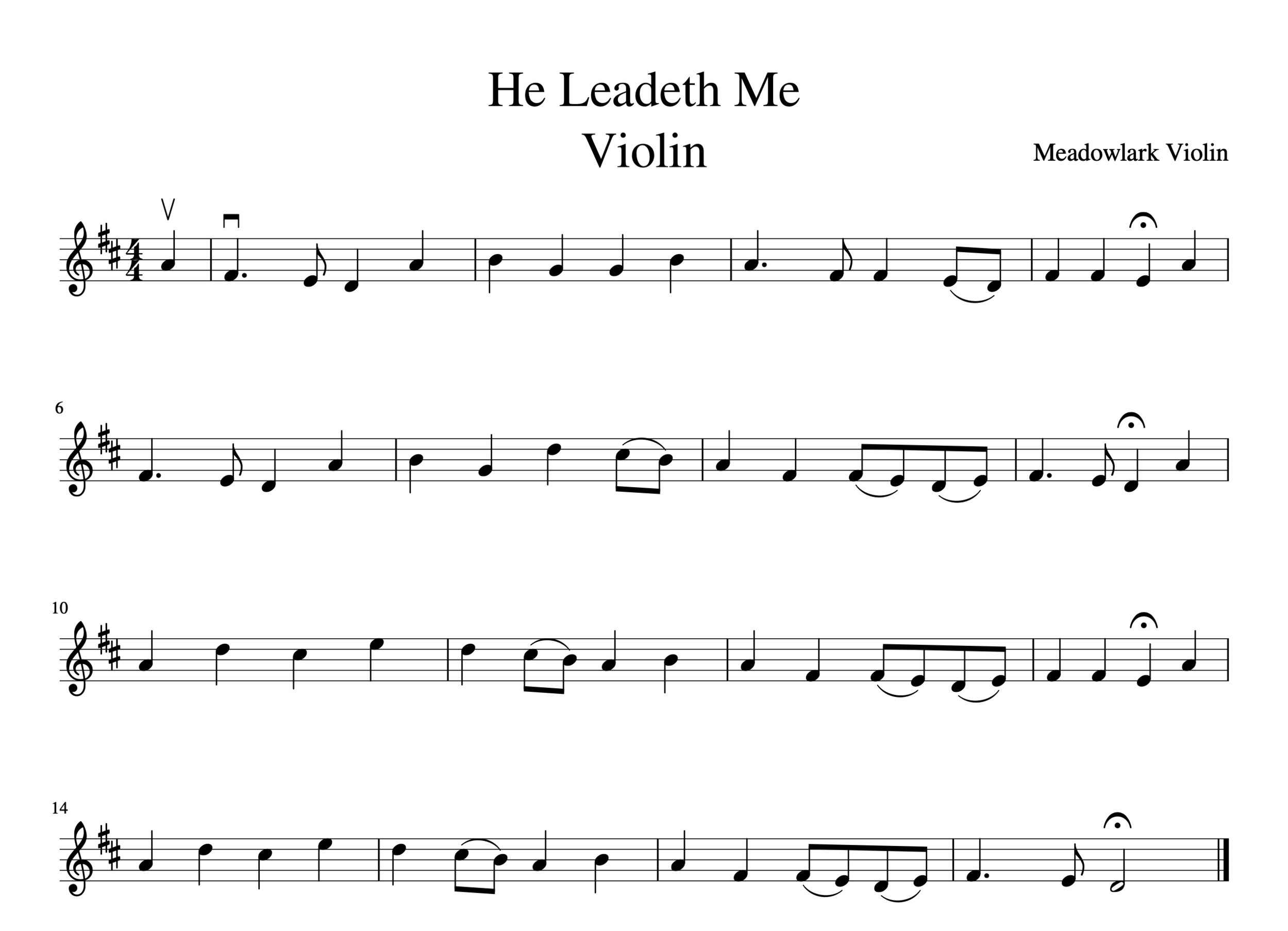



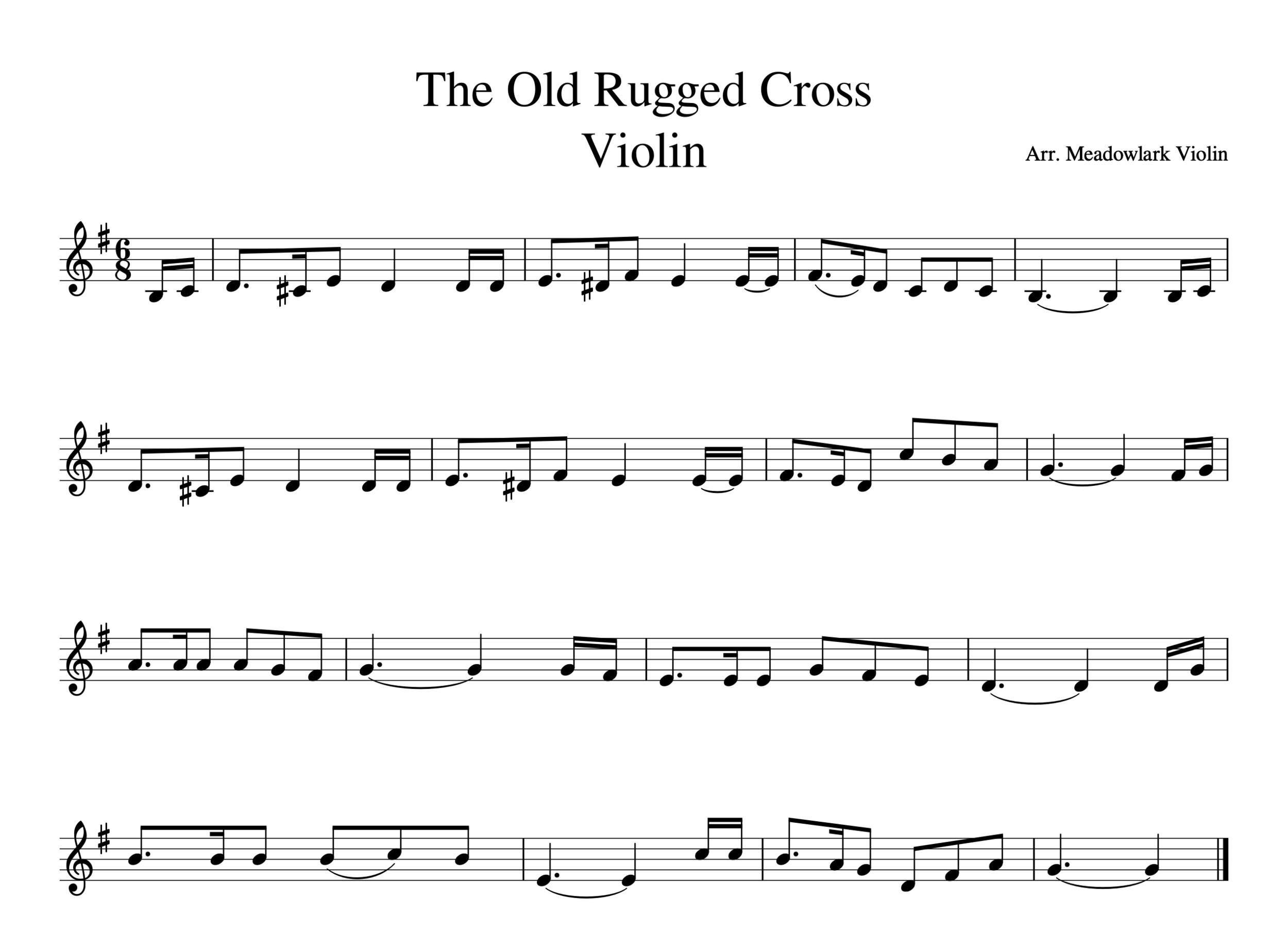









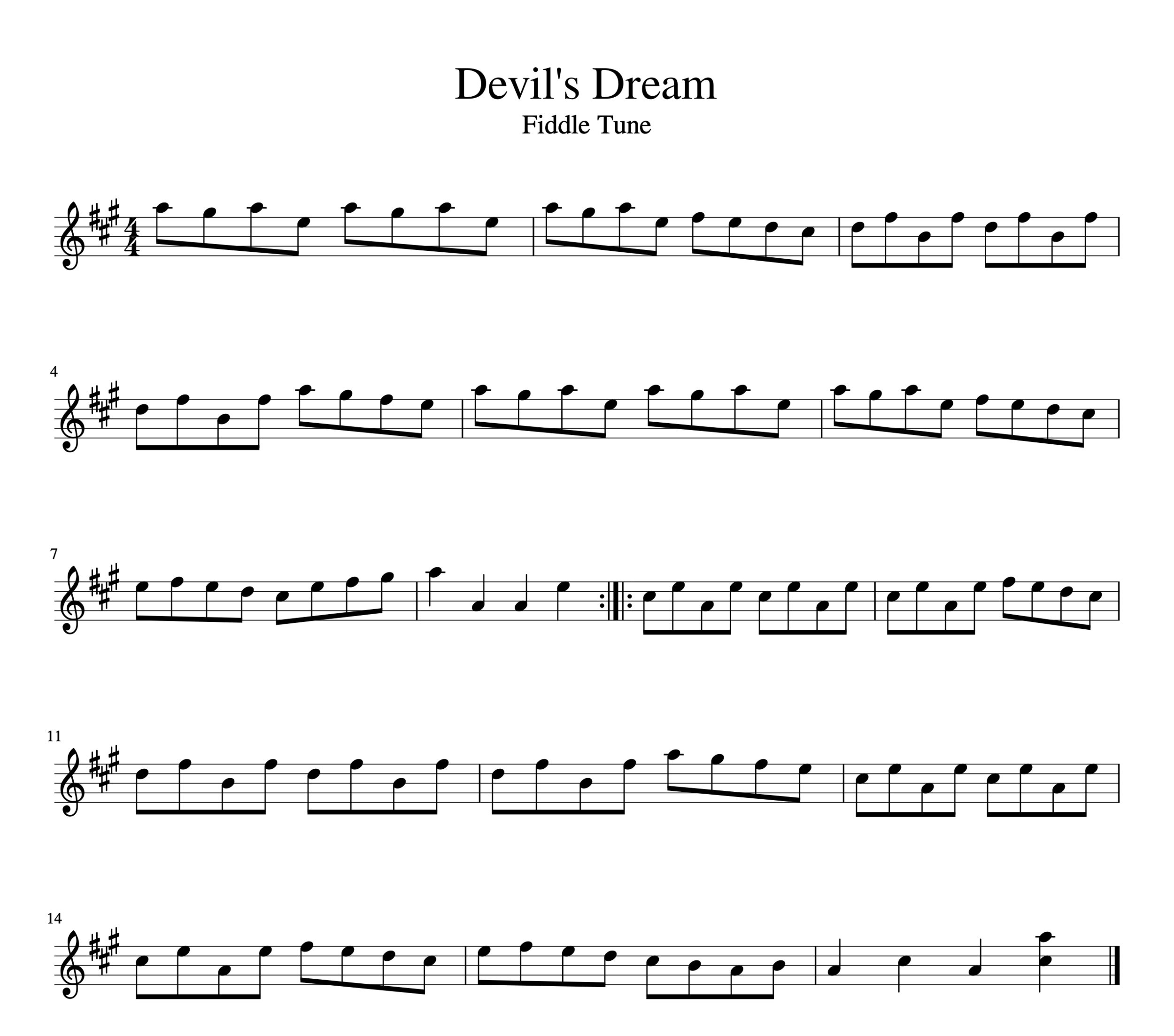


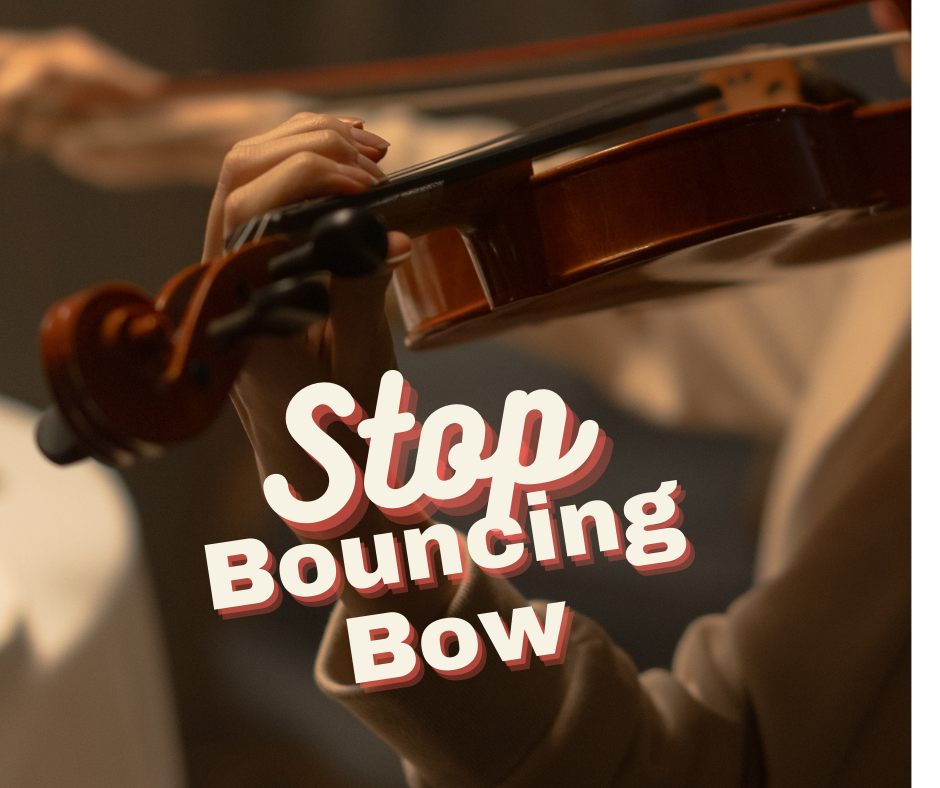




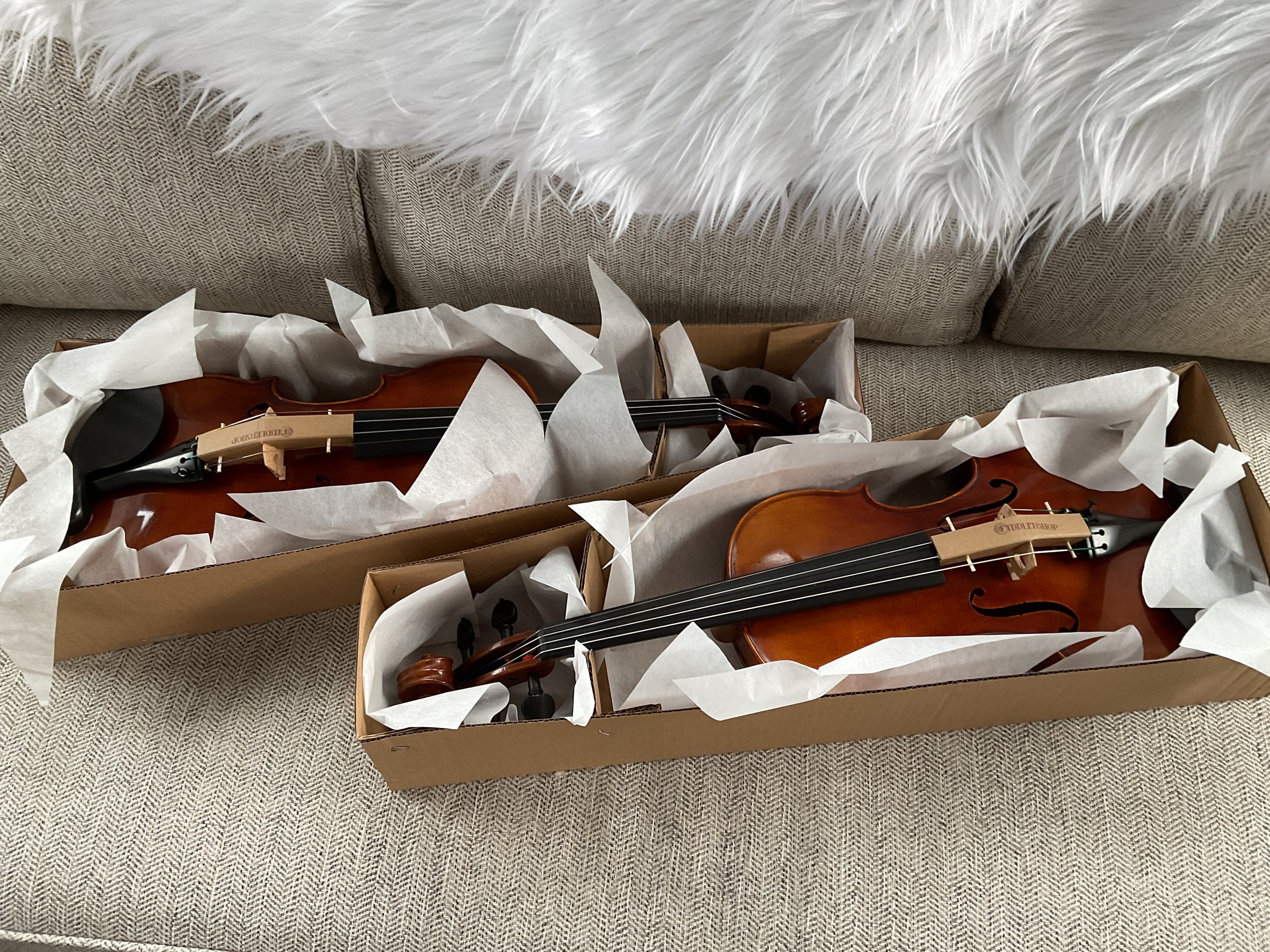



.png](https://images.squarespace-cdn.com/content/v1/554545e3e4b0325625f33fa6/1509920162883-X31U76G5Y2ZW95957ZLB/Screenshot-2017-11-5+b3c9c739174d124e1bfdd1694c83d500--violin-fingering-chart-violin-music-sheets+jpg+%28JPEG+Image%2C+472+%C3%97+43%5B...%5D%281%29.png)















